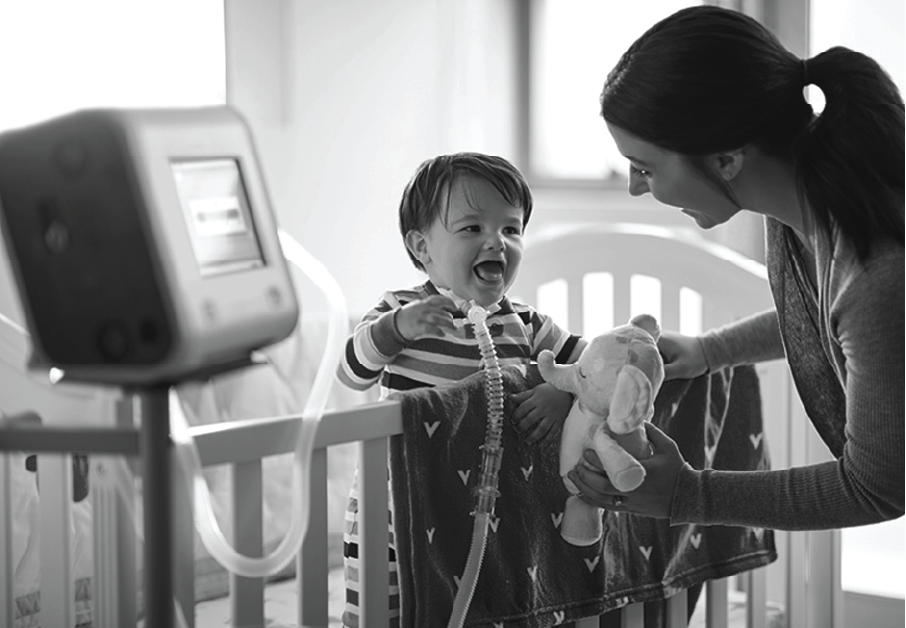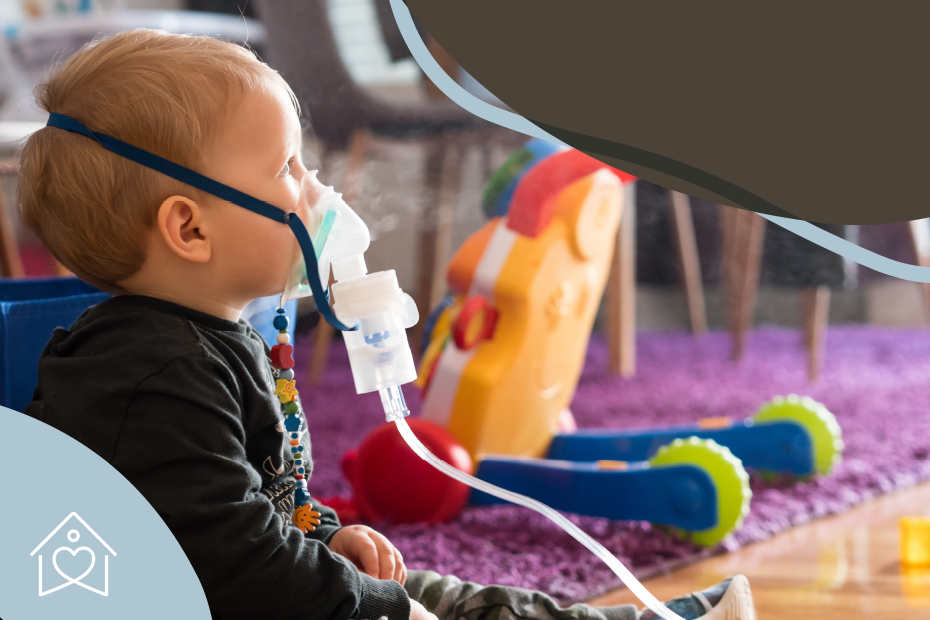Every child deserves the opportunity to thrive, regardless of their medical condition or physical limitations. That’s where durable medical equipment (DME) comes into play, providing essential support and empowering children to lead fulfilling lives.

In this blog, The Unforgotten Families will explore the importance of DME for children, highlight critical equipment categories, and discuss their benefits.
What is durable medical equipment? According to HealthCare.gov, durable medical equipment is equipment and supplies ordered by a health care provider for everyday or extended use. Coverage for DME may include: oxygen equipment, wheelchairs, crutches or blood testing strips for diabetics.
Medicare and Medicaid cover several types of DME for individuals of all ages. For additional information on what is covered, please visit the Durable Medical Equipment (DME) Center by CMS.gov and Medicare’s page for DME coverage. We advise families to speak directly to their healthcare provider for specific questions and advice regarding DME.

While there are several categories of DME, The Unforgotten Families highlights a few DME categories that may best assist your family below.
- Oxygen devices and accessories. This includes oxygen tanks, containers that store oxygen, tubing, and similar supplies.
- Wheelchairs and mobility devices. This includes wheelchairs, walkers, wheelchair accessories, and scooters.
- Medical beds and additional supplies. This includes medical cribs for infants and young children and medical beds for children/adults.
- Orthotics. This may include knee, wrist-hand, spinal braces, foot, and ankle.
“For individuals with a disability, DME can improve safety while decreasing the need for caregiver assistance. It can substantially improve overall quality of life by increasing a person’s independence with functional mobility and activities of daily living (ADLs).” – American Academy of Physical Medicine and Rehabilitation
Additional examples of durable medical equipment include blood sugar test strips, patient lifts, and CPAP devices.
Whether it’s providing respiratory support or specialized devices, DME plays a crucial role in enhancing the quality of life for medically complex and medically fragile children with various medical conditions.
